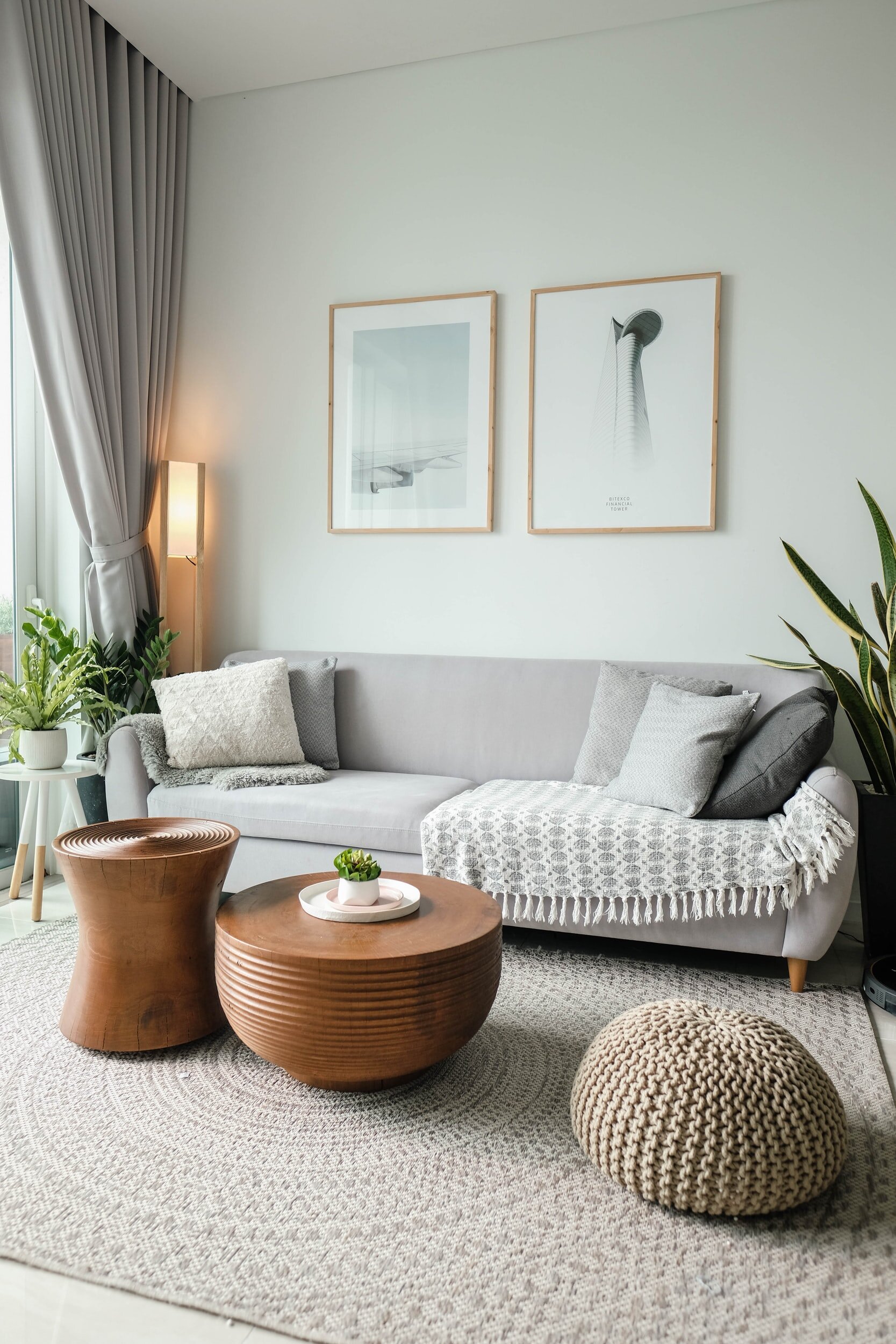Guide to Asian Zen Home Design.
How should you go about bringing Asian Zen interior design into your home? How can you master the look with authority? As inspiration, we're going to show you how you can use the interior design style in your home. We've got your back on what to source, celebrate, and how to use it.
Zen: What Is It?
'Zen' is actually the Japanese pronunciation of the Chinese term 'Ch'an', which is the Chinese way of saying 'Dhyana', the Sanskrit term for meditation. Today, Zen refers to a state of self-awareness of our place in the universe, in addition to being at peace with our thoughts.
How Does Asian Zen Design Differ From Other Interior Design Styles?
Asian Zen interior design aims to create a home that promotes harmony, balance, harmony, and simplicity. Inspired by the concept of Zen and the importance of incorporating nature into your décor, something usually found in Asian interiors. A simple and minimalist style is achieved by layering rich textures with simple elements.
Furniture With An Asian Influence.
Another aspect of Asian zen interior design is furniture. The furniture influenced by Asian design is often minimal and made from dark wood. The contrast between that and your otherwise subdued colour palette would be perfect. Other great furniture choices include bamboo and rattan.
Cotton and linen should be used for upholstery and accessories such as throw rugs and pillows. Coloured fabrics look comfortable and undemanding, thanks to their natural hues. You can also use them creatively to give your home a pop of colour to make it a bit more dynamic and interesting.
Using Low-height Furniture.
There is nothing more Zen than floor-level furniture. When you sit at low heights, your eyes will generally be drawn upwards, helping you feel the volume of the room. Platform beds, floor mats, low sofas, pouffes, and ottomans are the way to go. If you want a more authentic Japanese look, pair a low table with floor-level cushions or bring in a futon. By keeping furniture pieces of different heights consistent, you can create visual harmony.
Lightness Is Your Goal.
As far as visual complexity is concerned, Zen interior design is all about lightness. It is said that light, minimalist and floating forms have a calming effect on the mind. Follow the less is more principle from individual decor pieces to the overall layout of the room. Lightness can be achieved by varying traditional decors, such as choosing bamboo furniture over solid pieces or translucent screens instead of heavy opaque doors. The appearance of bamboos and other thin, long-stemmed plants is lighter.
Pick A Natural Palette.
Throughout Asian Zen interiors, nature plays an important role, as you probably already know. Natural colours are usually at the heart of Zen palettes. Our recommendation for enhancing this style's sense of calm is to select the most neutral and natural hues in the softest shades for your primary and secondary colours, such as white, different shades of beige, or grey. As for accent colours, some popular choices include... natural colours, of course, but in bolder shades (such as green, yellow, orange, and blue).
Adding Natural Fabrics.
Choosing natural fabrics over impersonal synthetics is another way to celebrate your connection to nature. Additionally, you will reinforce their sense of comfort and cosiness to help them feel more relaxed at home. Linen, cotton, and wool are some popular Zen fabrics, and you can incorporate them in several ways, from curtains to throw pillows.
Zen Homes Are Minimalist In Design.
The Asian Zen interior design is minimalist as well. If you are surrounded and distracted by clutter, how can you focus on tranquillity and balance? Decluttering is an excellent way to start your journey to Asian Zen.
In other words, you should consider only keeping those pictures or decorative items that have a special meaning to you or that are truly precious to you. Ask yourself whether each of your objects sparks joy, as Marie Kondo says. In that case, it probably isn't suited for your minimalist Zen home.
Bring In The Light.
If you plan to build an Asian zen house, you will want to make sure your home gets as much natural light as possible. There are various things that you can do, such as opening up new window spaces. It is still possible to optimise the amount of sunlight reaching every room without demolishing and reconstruct.
By reflecting the light and directing it to the dark areas of the room, mirrors and reflective surfaces are ideal for maximising the amount of light available in the room. White and light beige are also good choices for walls.
Select artificial light bulbs that are similar to those in sunlight in terms of tone and warmth. Switch to dimmer switches or smart bulbs if you want to be completely in control of your environment. By adjusting the intensity of the light, you can change the ambience of your home easily.
Keeping Patterns To A Minimum.
This style is not suitable for heavy patterns in fabrics, wallpaper, carpets, or rugs. Think plain and simple, even if different textures all contribute to the overall finished look. A Zen world cannot tolerate chintz! Even a straightforward geometric pattern, or a touch of Japanese blooms, will work in a room or home.
If possible, keep lines simple and straight, with a few softer curves thrown in for effect. It would be best if elaborate table legs and swirls or embellishments were left at the door—also, angles and points with harsh, sharp edges.
Add A Splash Of Green.
To give your Zen style home the finishing touch, bring a little green into the decor. What about a bonsai tree? Perhaps some lush plants with large leaves to create a sense of calm? Zen-inspired interiors can also benefit from displaying a stunning orchid. The presence of plants helps to create more calm and oxygen in an environment. Even the tiniest plant can help to create a sense of peace in a room.
A Zen-inspired interior can be a place of complete relaxation and tranquillity when textures and colours come together in the right way.






